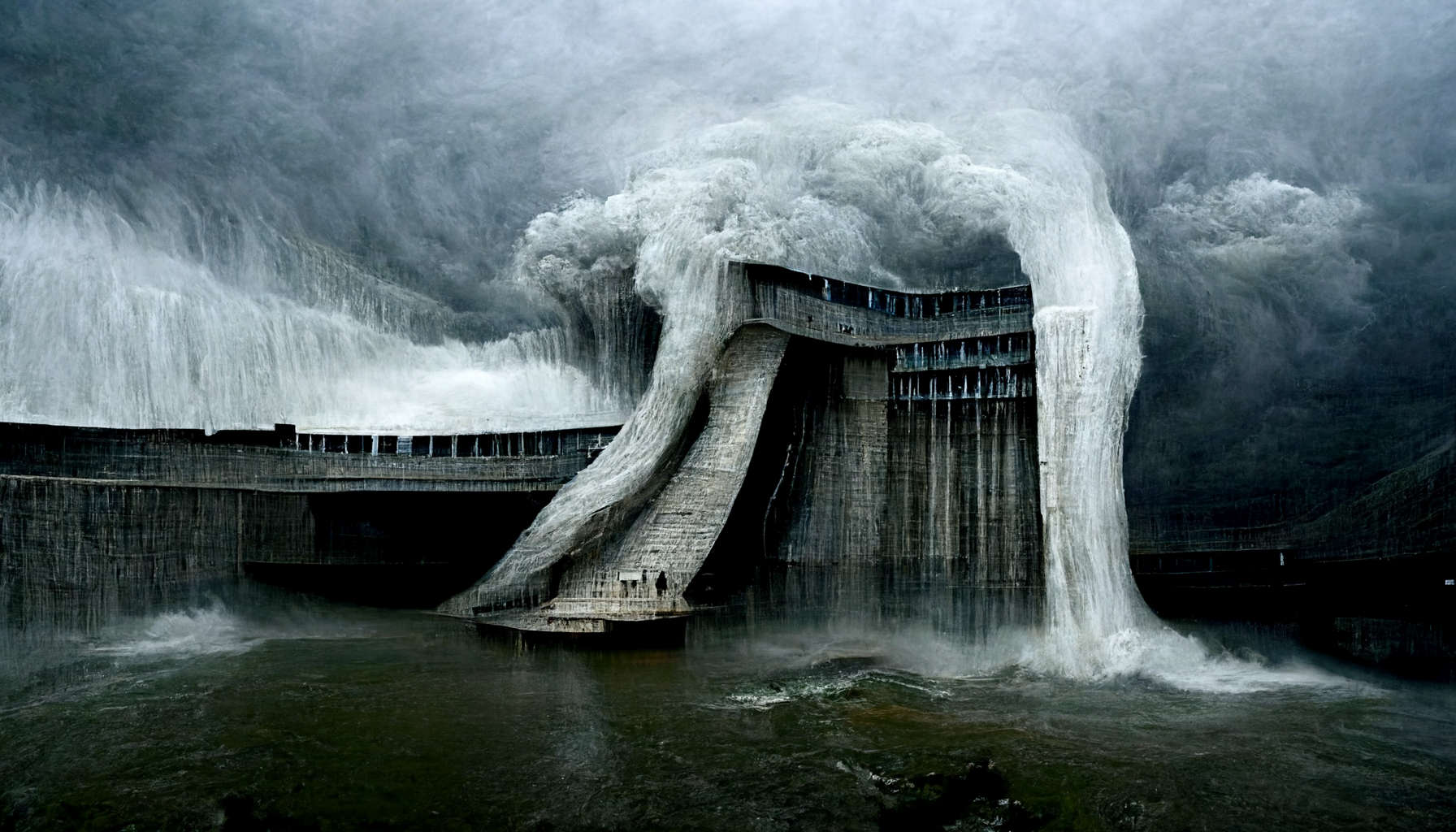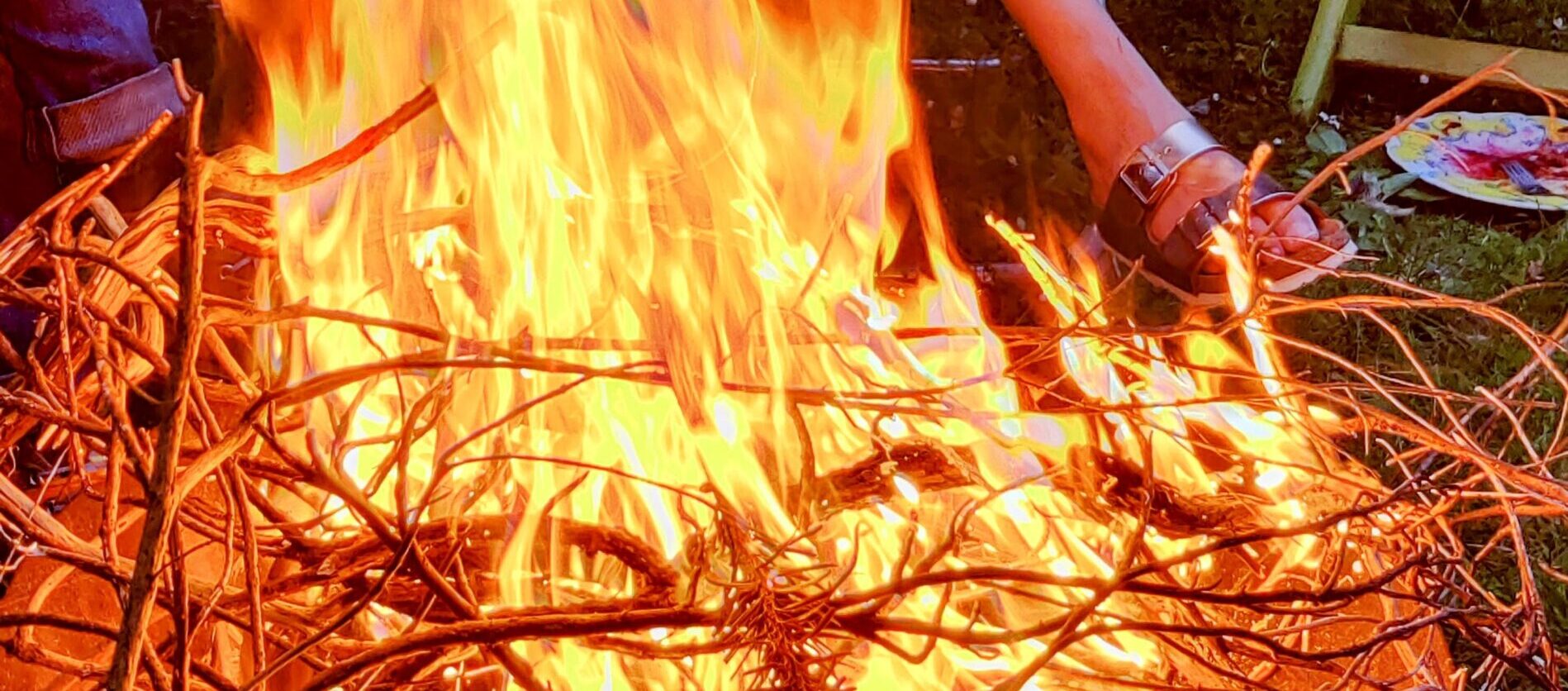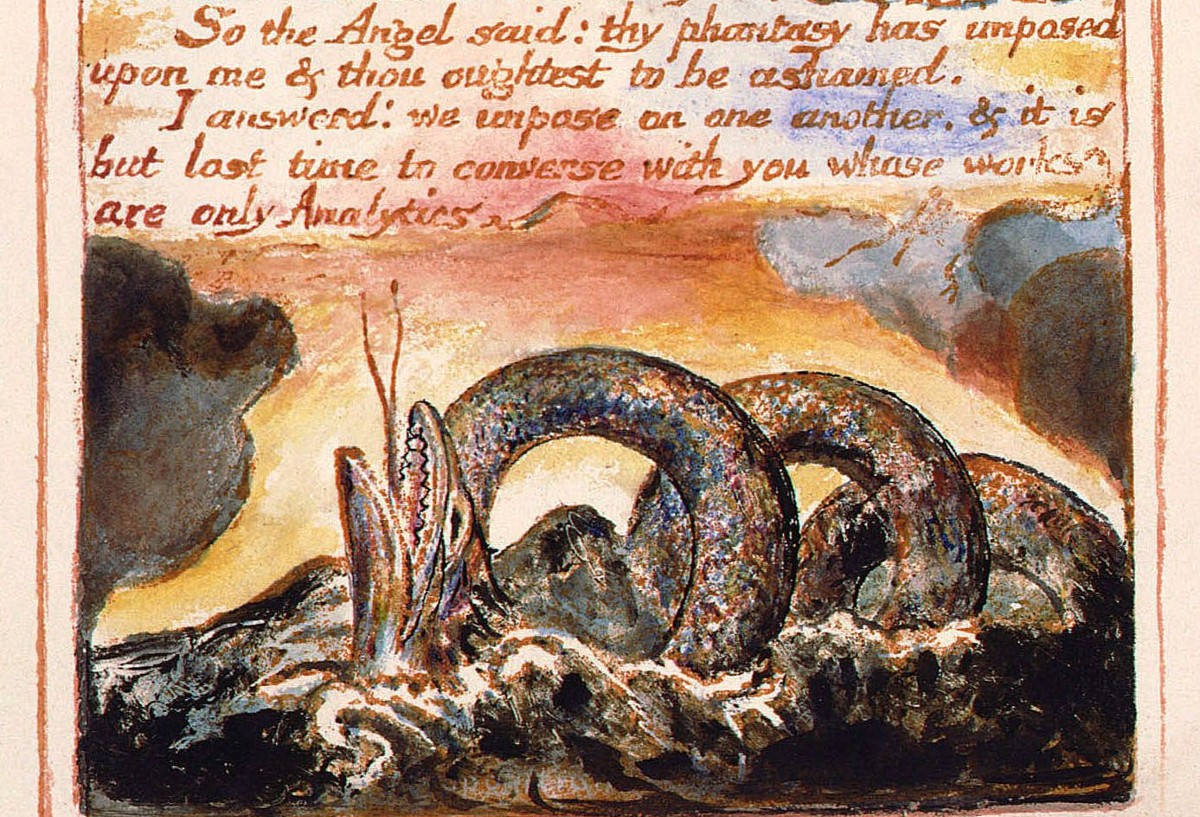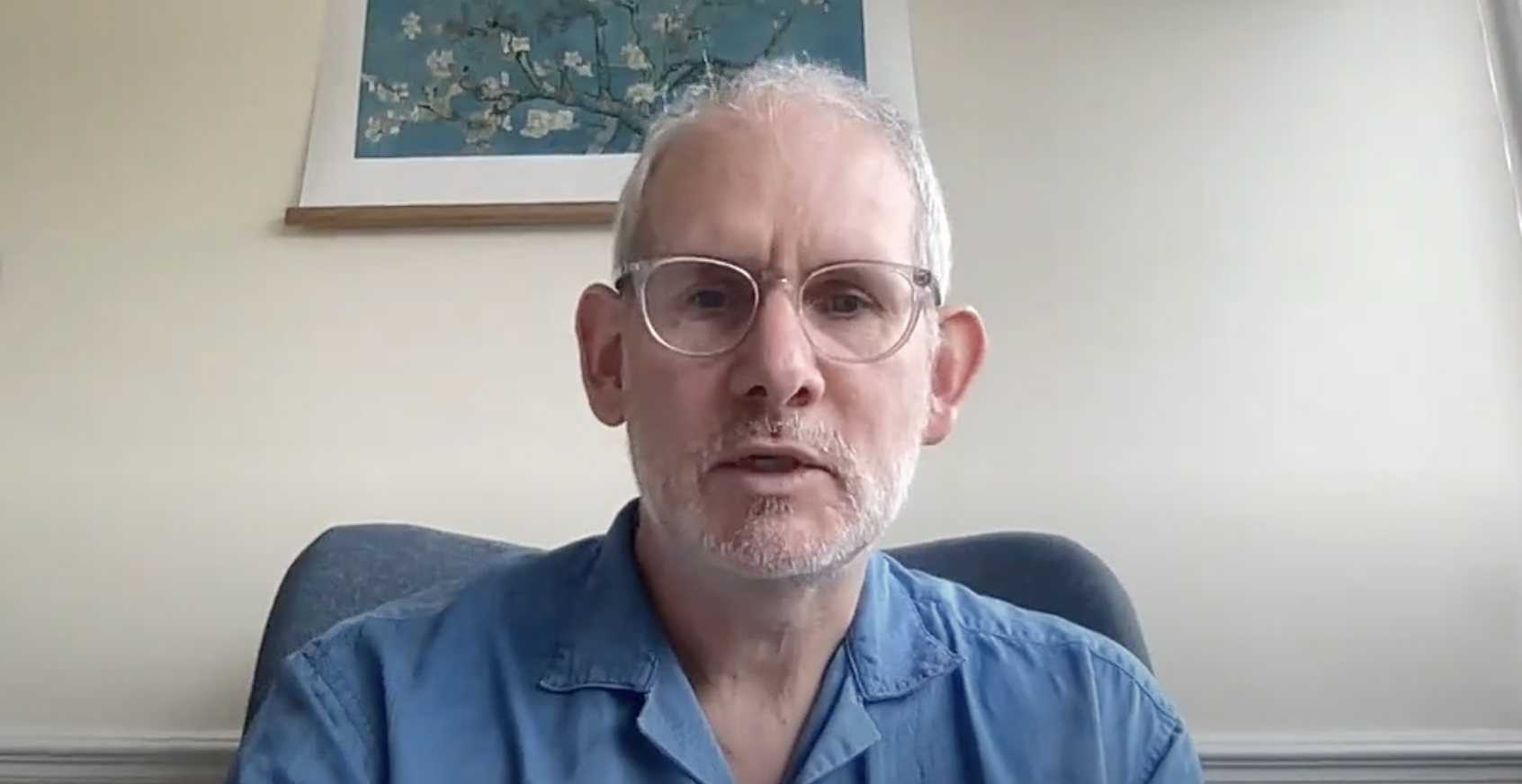
(C) Weird Therapy 2022, created with MidJourney AI
We look back and analyze the events
Rumi, trans by Coleman Barks
of our lives, but there is another way
of seeing, a backward-and-forward-at-once
vision, that is not rationally understandable.
Only God can understand it.
A friend pointed out recently that “there’s only one letter difference between trauma and thauma.”1 Thauma is a Greek word for ‘miracle’ or ‘marvel’, and gives us the word ‘thaumaturgy’ for magic or sorcery. Maybe a slight change in emphasis is all that we need to begin to see the magic and enchantment that was always there.
Developmental psychology, from Freud onwards, seeks to find what in the past, whether personally, ancestrally or evolutionarily, has caused us to be the way we are now. Despite the undoubted efficacy of this approach, it can, when pursued in an excessive way, leave us in the position of being helpless victims of circumstance. Since helplessness is fundamental to being traumatised, developmental psychology works best when integrated with a complementary approach.
The psychologist James Hillman offered such an approach when suggested that we could, instead, read life backwards, from the future to the past. What if the events that occurred did so for a reason? What if a part of us, the psyche or soul, chose events that “I” would not choose, for purposes that I cannot yet comprehend? What if there were, as the philosopher Socrates said, a guiding spirit, a ‘genius’ in the older sense, watching over my life?
This view is of course distinct from the one present in some traditions, in which life events are seen as karmic rewards or punishments for past actions. That’s another form of the same idea – that events in the past cause the present, albeit through some divine mechanism. Reading a life backwards invites us to consider how purpose, meaning or calling might be drawing us towards a future that we cannot yet glimpse.
One means of exploring this is by attending to synchronicities, Jung’s famous ‘acausal connecting principle’.
All therapists know – and some will admit – that synchronicities cluster around traumatic events such as bereavement. People often somehow ‘know’ the exact moment of a loved one’s death, for example. A synchronicity is a coincidence between an inner psychic event and an outer observable one. Jeffrey Kripal, a writer on mysticism and esotericism, remarks that
“the paranormal is a non-dual signal. A paranormal event is one in which a material event corresponds more or less precisely to a subjective event or mental state, thereby collapsing the assumed subject-object dualism of our ordinary cognitive and sensory experience, and suggesting some deeper super-reality that is neither simply mental nor material, but somehow both.” 2
If trauma creates a rift in the customary flow of life, thauma in the form of synchronicity appears to point to this super-reality that can weave the fabric back together.
From this point of view, it’s possible to understand why a divinatory approach, reading the signs and portents, might be beneficial. It offers consolation in its revelation of patterns of beauty, goodness and truth in the most painful and dark moments of life; and it allows us to perceive the unified reality that, we would argue, actually pertains.
One morning I woke up out of a dream in which I saw a vast dam-like structure that was about to receive a flood of tears and grief. This structure awed and terrified me, because it was ancient, and spoke eloquently of the suffering that is inherent in life. I woke with a great howl of grief; and the impact of this stayed with me for hours afterwards (I later used MidJourney AI to help me create the image of the dream shown above).
I arrived still groggy at my office, to find a white dove dead on my front step, which I had to dispose of as respectfully as I could in a nearby bin. In Tibetan traditional medicine, the doctor was taught to watch for whatever they saw on their way to see the patient. In the moment, however, I failed to make the connection.
My first client of the day arrived deeply shaken from having been present at the agonising death of his friend from a long illness*. The friend had been prescribed the wrong pain medication and so his last hours were spent in excruciating pain, while my client frantically tried to get a doctor to correct the prescription. It was too late. Afterwards, he talked to his friend’s wife, now widow, into the early hours, companioning her through the valley of darkness.
A dam, a dove and a death. Although I was not yet able to connect these things, somehow they were working on me. As Gene Wolfe says, “[w]e believe that we invent symbols. The truth is that they invent us; … it is a profound mistake to believe that we must know of such things to be influenced by them … such things act of their own accord, or not at all”.3 What might these symbols be suggesting? The dam being flooded with a torrent of tears reminds me, in connection with the dove, of the story of Noah, “And the dove came in to him at eventide; and, lo, in her mouth an olive-leaf plucked off: so Noah knew that the waters were abated from off the earth” (Genesis 8:11). The other Christian story that features a dove prominently is that of the baptism of Christ, in which the Holy Spirit “descended on Him in bodily form like a dove” (Luke 3:22). In the Greek tradition, a dove was sacrificed to cleanse the altar of Aphrodite, the goddess of love.
My strange state of semi-immersion in that morning’s dream, and the appearance of the dead bird, meant that I was not at all in my normal state of mind. Frequently as a therapist one feels concern or shame about not being 100% alert, tired or ill or struggling in one’s private life. But over time, you learn that this doesn’t necessarily matter. This wasn’t a normal event, and I wasn’t my ‘normal’ self either, and that was as it should be. As he had been present with his friend, I was there now with him, caught in some place between life and death, waking and sleeping, ‘normality’ and transcendence. I felt gratitude for what he had done, and in a moment that felt like a step away from the therapist-client relationship, I simply thanked him. That night, he had been a ministering angel.
In a too-strange-for-fiction turn of events, my next client* also told me of a friend with a husband dying of a terminal illness, and of their beloved dog being killed in a road accident. She said that she experienced the dog’s death as a preparation for what was to come! What can we make of this extraordinary double synchronicity? It was as if the second client was there to help me get there in my understanding. It was only later that day that I was able to remember and connect the prophetic dream.
Thaumaturgy is not necessarily about making fireballs shoot out of one’s fingertips. In this case study, it was not a matter of my agency or will, but simply one of being affected by what was there. Perhaps the only way that I could have got this seriously wrong would have been to dismiss the messages that were presenting themselves as impossible or irrelevant. A reductive materialistic belief system would have obstructed the therapeutic process. Having an openness to synchronicity, dream and symbolism allowed me to be the witness to and acknowledge the magic of a simple, yet immeasurable act of friendship and love.
1 My thanks to Karolina Lebek for this insight
2 Jeffrey Kripal (2017). Secret Body: Erotic and Esoteric Currents in the History of Religions. Chicago: University of Chicago. Quoted by Paul Atkinson on Duncan Barford’s podcast Occult Experiments in the Home #303 2:50.
3 Gene Wolfe (2000). The Book of the New Sun, Vol I: Shadow and Claw. Millennium, London.
* client details changed to protect confidentiality
Copyright © 2022 My Sunset by Bogdan Bendziukov.




